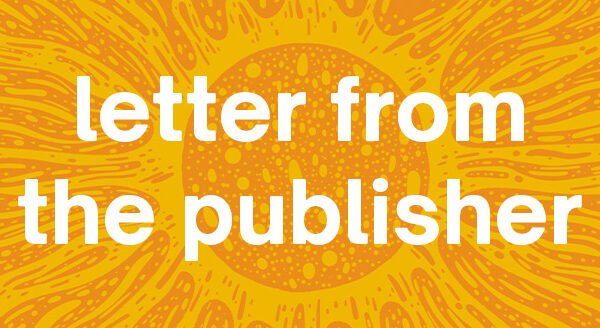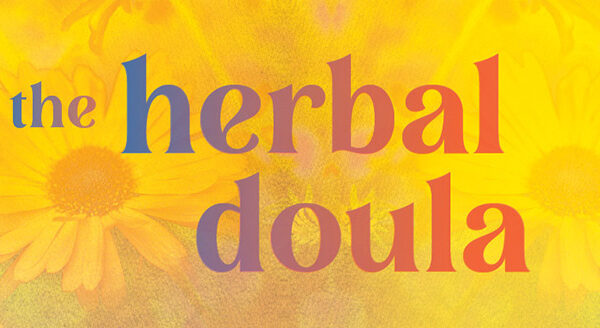
Excerpt: Modern Abolition
Categories: Excerpt New Release Spirituality & Religion
Modern Abolition
Hearing about “abolition” may surface mental images of a stoic Frederick Douglass or an indomitable Harriet Tubman. But members of today’s civil rights movement talk about abolition with the same modern currency as they do social media and pop culture.
So why do some people think of abolition as a historical movement and others as a modern one? Simply, some people think slavery is a part of the past, and others think it is part of our present.
Today, more Black people are under correctional control—either in jail or prison, or under supervision by parole or probation departments—than were enslaved in the 1800s. Prison labor, in the manner of its predecessor, convict leasing, generates $11 billion a year in goods and services; workers make, on average, between $0.13 and $0.52 an hour. And despite a cacophony of voices calling for strengthening democracy, 6 million Americans, overwhelmingly non-white citizens, were denied a political voice in the 2020 general election due to disenfranchisement laws and modern-day poll taxes in the form of fluctuating ID requirements, transportation to polling stations placed strategically beyond the bounds of certain neighborhoods, and lack of paid time off to vote. For all these reasons, plus the ongoing violence against Black people, few individuals who examine modern criminal, economic, and political systems believe America has reconciled with its antebellum past. It’s a hard argument to deny when a legal exemption for slavery, as noted in the preface, still exists in the country’s foundational legal document.
Abolition—the act of abolishing a system, practice, or institution—is a loaded word. We’ve been ingrained with the belief that our society cannot exist in the absence of certain systems, particularly those concerning law enforcement and punishment. But systems like the American carceral one are unique in their fervor. In 2021 the US incarcerated its citizens at a rate of 664 per 100,000 people. For comparison, in the same year, Russia had a rate of 329 per 100,000, Norway had a rate of 54, and Japan had a rate of 38. The space for exploring alterna-tives to incarceration is vast, with plenty of examples from developed countries with similar economies and social problems.
For some reason, we just can’t shake the need to prescribe subjugation as our sole purveyor of retribution. Locking someone away doesn’t bring us comfort: By a margin of three to one, victims of crime prefer holding people accountable through non-carceral options such as mental health treatment, drug treatment, restorative justice, or community service, as revealed in a 2022 survey. Incarceration also doesn’t fulfill its promise of rehabilitation or lower crime rates. It is simply what we know, a familiar default we’ve come to accept as justice.
This stagnancy in our way of thinking about justice and our unwillingness to explore alternative ways of achieving it impact not just America’s carceral system but also its political, economic, and social systems. Although each system differs in its impact, all of them marginalize, dehumanize, or deny people from underrepresented communities. However unhappy it makes us, though, we cling to it, willing to make changes here and there but never embracing the bold notion of abolishing it completely.
It seems like everyone took to the streets in the last decade—anti-maskers and neo-Nazis pounded the same pavement (more self-righteously than righteously, of course) as social justice demonstrators and women’s rights marchers. Whatever this system is, you have to seriously be reconsidering whether it’s working for anyone at this point. But that’s for another book. For our purposes, simply remain skeptical—in light of everything you’ve seen in the last decade especially—that we can continue to try to make the old way work. The barrier for entry into this book is abolitionist thought, because I have come to understand that no change to the current system can eradicate the inherent racism embedded in its foundation. Our society functions, by design, by working the many and benefitting the few. Going forward, let’s challenge the idea that racial equality can be attained through reforming a system that has, for the last 400 years, oppressed non-white individuals under its control.
An estimated 26 million people in the United States participated in demonstrations against police brutality in June 2020 alone, the largest showing of resistance in the history of the country. The following year, police killed more people than in any other year in a decade, only to outdo themselves again in 2022. This movement must be different from the ones before it.
Your dedicated trudging was not all for naught, nor is your feverish desire to hit the streets misguided. Showings of large-scale crowds protesting an injustice still signal to those vying for political power what they should consider in their platforms—and to those who are suffering under those injustices that they are not alone. This demonstration of solidarity is certainly meaningful, but this book will ask you to take additional steps, off the main drag. The strategies included here require an exercise not only in walking new paths but in finding new ways of thinking. For starters, consider this simple question:
At a point in history when we are being forced to reimagine everything from remote work to energy resources, why not take the whole thing back to the drawing board?




